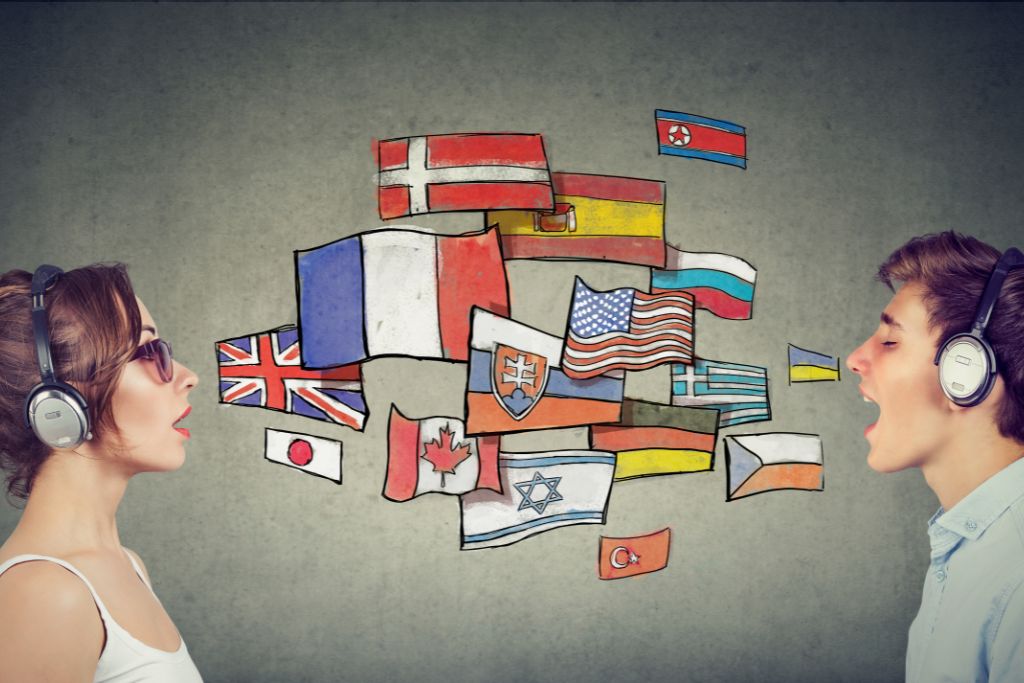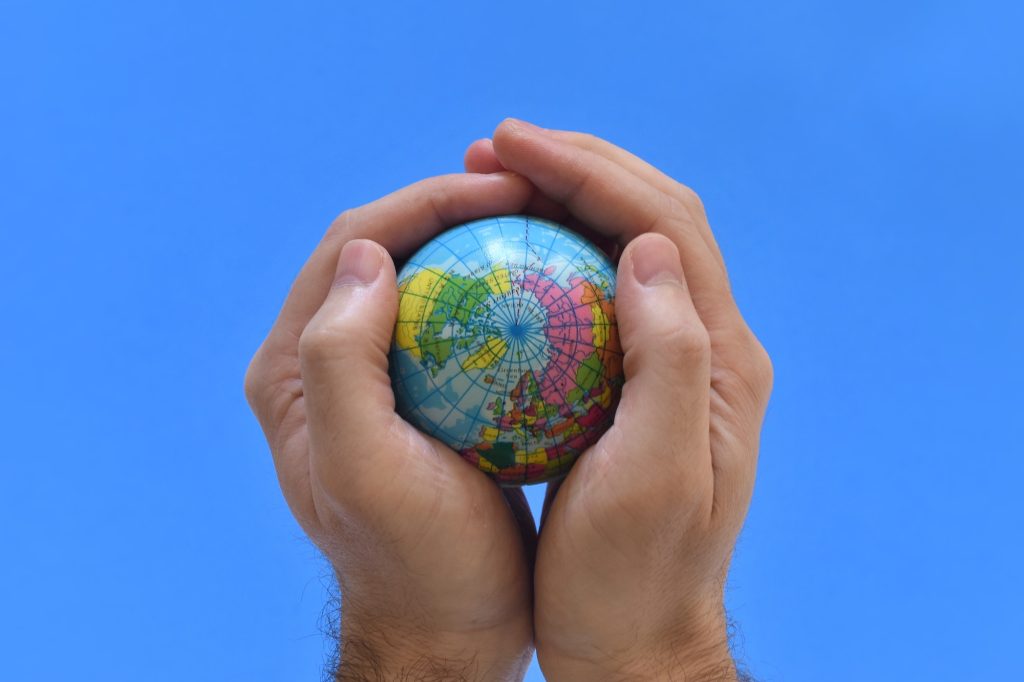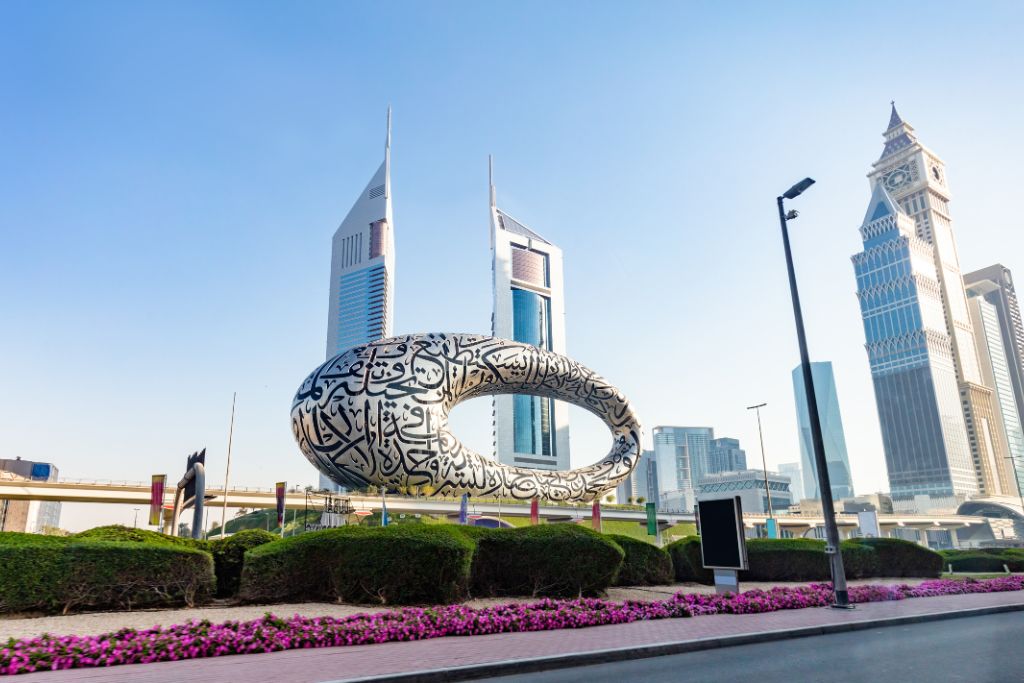Welcome to our blog post on the fascinating world of languages! Have you ever wondered just how many languages exist in the world? Or perhaps you’re curious about which ones are spoken by the largest number of people? Well, you’re in luck because we’ve got all the answers for you right here. From widely spoken global powerhouses to some lesser-known linguistic treasures, join us as we explore the diverse tapestry of languages that enrich our planet. Get ready to be amazed by both the numbers and stories behind these incredible means of communication. Let’s dive in!

How many languages are there?
How many languages are there is intriguing. Scholars believe that 6,000–7,000 languages are spoken worldwide. These languages vary, some with centuries-old histories. Each language is a unique way to express thoughts, feelings, and cultural identities. Language diversity on Earth is astounding, from English and Mandarin Chinese to endangered indigenous dialects in remote locations.
Language changes continually. Words are born and die. For personal or professional reasons, many people study numerous languages. Languages reveal distinct civilizations and viewpoints. It celebrates human expression and connects people from different origins.

Next time you hear a different language or see unfamiliar terms on your travels, marvel at the wonderful tapestry of human communication!
The 10 most spoken languages in the world (quick list and starts)
The world’s languages are intriguing. With thousands of languages spoken worldwide, communication takes numerous forms. So let’s examine the world’s top 10 languages. Over 1 billion people speak Mandarin Chinese. Due to China’s economic power, this language dominates China and the world.
Spanish, spoken in Spain, Mexico, and Argentina by 460 million people, is next. Spanish’s passion and beauty have made it popular abroad. With 379 million speakers in the US, UK, Australia, and Canada, English ranks third. Globalization and English as a business and tourism language have made this possible.

Hindi ranks fourth with 341 million speakers, mostly in India. Hindi, along with other regional dialects, unites India’s diverse culture. Arabic, spoken mostly in Saudi Arabia and Egypt, ranks fifth with 315 million speakers. Since Arabic is the language of Islam, Muslims everywhere utilize it. Bengali ranks sixth with an estimated 228 million speakers, mostly in Bangladesh and regions of India where Bengali culture prevails.
Due to its impact in former Portuguese colonies like Brazil, which accounts for more than half of its 221 million speakers globally, Portuguese ranks seventh. Russian ranks ninth with 154 million native speakers, mostly in Russia but also in post-Soviet states, making it very widespread geographically. Japanese, with 128 million speakers, ranks ninth, proudly exhibiting Japan’s unique cultural heritage and technological accomplishments. We have Lahnda/Punjabi.
The 5 least spoken languages in the world!
After exploring the universe of languages and delving into the most generally spoken ones, we should pay attention to the lesser-known ones. These lesser-spoken languages are fascinating and deserve recognition.
Lemerig: This Vanuatu language is endangered, with only a few native speakers. Lemerig’s unique culture is being preserved and revitalized.
Taushiro: A Tiger River tribe spoke this Peruvian language. Fewer than ten elderly Taushiro speakers remain.
Kaixana: Only 50 people speak Kaixana, a language from Brazil’s Amazon rainforest. This rich language history is preserved by preservation efforts.

Ainu: The Japanese Ainu people previously spoke their own language, but decades of absorption have left it critically endangered, with only 10 speakers.
Njerep: Only one person speaks this endangered Nigerian language, Mr. Madugu Ahmadu Gombi, who documents his language.
These five languages remind us that linguistic diversity should be preserved for future generations. Languages shape our identities and connect us to our pasts; thus they should all be celebrated.
Final Words
Estimates put the global population of speakers of more than 200 languages in the region between China and India at around 155 billion people. It is interesting to note that these languages come from all corners of the world, with a significant number spoken by Europeans, Asians, and Africans.

Interestingly, only about 20% of the population speaks any one language as their first language. The languages spoken most commonly in the region are English (which is estimated to be spoken by over 60% of global residents), Mandarin Chinese (spoken by 30%), Hindi (spoken by 15%), Spanish (spoken by 10%), Portuguese (spoken by 8%), and Tamil (spoken by 5%).
Consider retail changes when studying languages. “The Changing Face of Retail: E-Commerce and the Rise of Direct-To-Consumer B” discusses the impact of e-commerce and DTC. Online buying is growing, changing retail dynamics. To target a worldwide audience, firms must change their language and localization strategies. Understanding the shifting face of retail helps us comprehend how languages help e-commerce and global communication.










Recent Comments